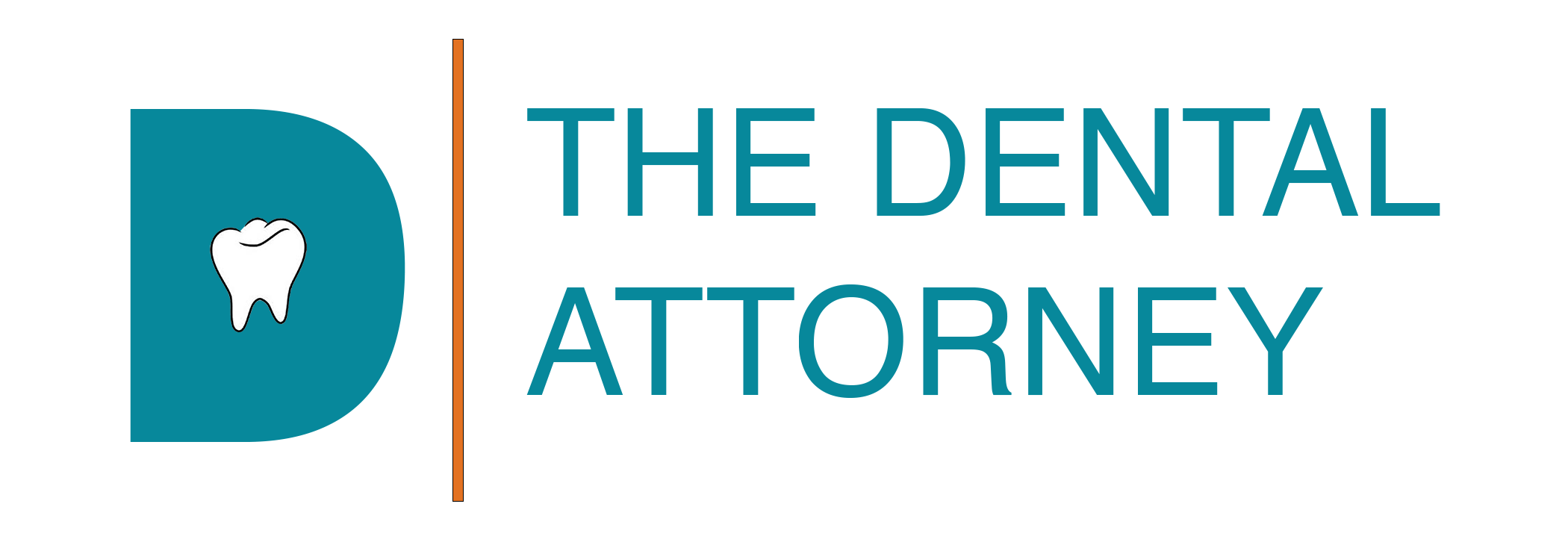Most dentists will need to buy a practice with assistance from a bank. Understanding how banks lend will greatly increase a buyer’s chances of receiving funding for their desired practice.
One common misconception is that Buyers need cash or collateral to pay off the loan before they borrow. If that were true only people who don’t need loans would be able to get them. This line of thinking will diminish the number of practices available to a specific buyer. Evaluating your potential price range based on your private assets is not going to help a bank give you a loan. Rather, it is the job of the business itself to pay off the loan.
The general rule is, the higher the value of the practice, the easier it is for a bank to underwrite a loan. While it may seem counter intuitive, there is a sound reason behind it. Businesses like dentistry are valued on their cash flow. The amount of cash coming into the practice in a given year determines how much cash there is to spend. Some of that money will go to fixed cost (overhead), and variable cost (cost of goods sold). After that the amount left should be profit. The more cash coming into the business means the smaller the cost is as a percentage of cash.
Example: Per month
- Practice A
$5 cost x 100 patients = $500 variable costs
$15 fee x 100 patients = $1500 cash flow
$400 fixed costs (rent)
1500 – 500 – 400= 600
- Practice B
$5 cost x 1000 patients= $5000 variable costs
$15 fee x 1000 patients = $15,000 cash flow
$400 fixed cost (rent)
15,000 – 5000 – 400= 9,600
The loan will be paid from the $9,600 or the $600.
If you lose 10 patients from 100 total (10%), it hurts your profit allot more than if you lose 10 patients from 1000 total. (1%) Therefore, banks will take a chance on loaning if there is still space for a buyer to pay back the debt and take home money. Even if the loss of patients

Recent Comments